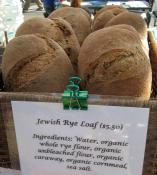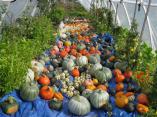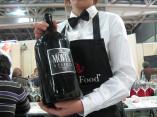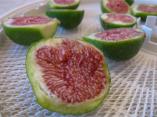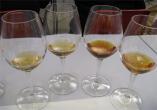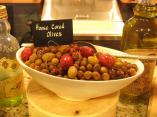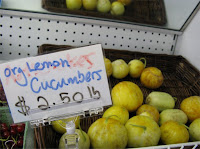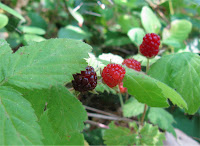They’ve really done it this time. A new GM corn variety has been approved for planting in Canada by CFIA without being subjected to any safety testing.
CBAN’s campaign asks us to let our government know this is not ok, and they have an email form you can send to Canada’s minister of health, Leona Aglukkaq, right this minute, while you’re thinking about it. Or you can send your message through Health Canada’s contact form.
This is what Health Canada’s own website promises, regarding the introduction of GE and other “novel” foods:
Health Canada assesses the safety of all genetically-modified and other novel foods proposed for sale in Canada. Companies are required to submit detailed scientific data for review and approval by Health Canada, before such foods can be sold.
The Globe & Mail did a good piece on the new variety that’s been approved without testing. This bit pretty much nails the problem:
The health agency said in response to questions from The Globe and Mail that it didn’t have to [assess the seeds for safety], because it is relying on the two companies making the seeds, agriculture giants Monsanto Co. and Dow AgroSciences LLC, to flag any safety concerns. But the companies haven’t tested the seeds either, because they say they aren’t required to.
Elsewhere this unbelievably careless approach to public safety is correctly but inadequately likened to putting the fox in charge of the hen house. Indeed.
